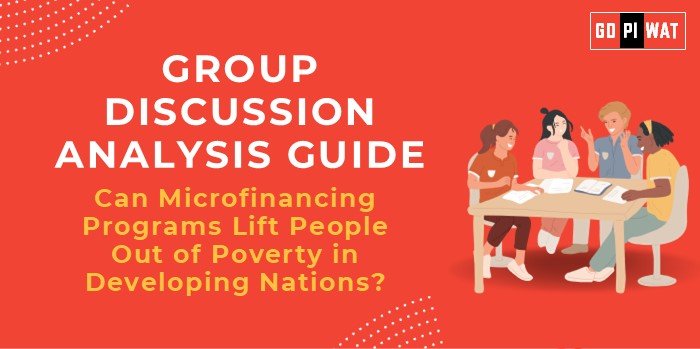💬 Can Microfinancing Programs Lift People Out of Poverty in Developing Nations?
🌐 Introduction to the Topic
Microfinancing, which provides small loans and financial services to underserved populations, has emerged as a transformative approach in developing nations. Rooted in the principles of financial inclusion, it empowers individuals to achieve economic independence and foster community development. Originating with Grameen Bank in Bangladesh, microfinance has since expanded globally, addressing critical gaps in traditional banking systems.
📊 Quick Facts and Key Statistics
- 🌍 Global Reach: Over 140 million people benefited from microfinance services in 2023 (Microfinance Barometer).
- 👩👩👧👦 Women Borrowers: Women make up 80% of borrowers, driving gender equity in finance.
- ✅ Repayment Success: Global repayment rates exceed 95%, reflecting borrower reliability.
- 📉 Poverty Impact: Nations with robust microfinance penetration report a 20% reduction in poverty rates.
- 💵 Loan Size: Average microloan ranges from $100 to $500, sufficient to launch small businesses.
🤝 Stakeholders and Their Roles
- 🏦 Microfinance Institutions (MFIs): Provide loans, savings, and insurance products to underserved communities.
- 📋 Governments: Regulate the sector and subsidize programs for better outreach.
- 👩🎨 Borrowers: Utilize funds to start businesses or enhance productivity, contributing to local economies.
- 🌍 International Organizations: Offer funding and operational standards (e.g., World Bank).
- 🛠️ NGOs: Provide training and capacity-building to maximize loan utility.
🏆 Achievements
- 📈 Economic Growth: Enabled small enterprises, boosting incomes in rural and underserved regions.
- 👩⚖️ Women Empowerment: Increased financial autonomy for women, fostering gender equity in patriarchal societies.
- 🏥 Social Development: Improved access to education and healthcare through economic upliftment.
- 💡 Entrepreneurship: Facilitated grassroots entrepreneurship, creating jobs and reducing economic dependency.
⚠️ Challenges
- 💸 Over-Indebtedness: Borrowers face financial stress due to multiple loans.
- 📉 High Interest Rates: MFIs often charge rates up to 25–30%, limiting long-term viability.
- 🌍 Limited Coverage: Remote rural areas remain underserved.
- ⚖️ Regulatory Challenges: Inconsistent regulations lead to operational inefficiencies.
🌍 Global Comparisons and Case Studies
- 🇧🇩 Bangladesh: Grameen Bank lifted millions out of poverty through microloans and women-focused initiatives.
- 🇮🇳 India: SKS Microfinance empowered over 10 million women, balancing outreach and sustainability.
- 🇳🇬 Nigeria: Limited impact due to weak regulation and high defaults.
💡 Structured Arguments for Discussion
- ✅ Supporting Stance: Microfinance enables economic empowerment, reduces poverty, and fosters community growth.
- ❌ Opposing Stance: High-interest rates and loan dependency can trap borrowers in cycles of debt.
- ⚖️ Balanced Perspective: While microfinance is impactful, addressing issues like over-indebtedness and regulation gaps is essential for long-term success.
🔮 Future Opportunities
- 📱 Digital Integration: Use fintech to expand microfinance reach and reduce operational costs.
- 📚 Financial Literacy: Equip borrowers with skills to manage funds effectively and avoid over-borrowing.
- 🤝 Partnership Models: Foster collaborations between MFIs, governments, and private sectors to ensure sustainable growth.
📄 Conclusion
Microfinancing has significantly contributed to poverty alleviation in developing nations by promoting financial inclusion and empowering underserved populations. However, its success hinges on addressing challenges like high-interest rates and regulatory shortcomings. Integrating technology, enhancing financial literacy, and fostering global collaboration can ensure microfinance becomes a sustainable solution for eradicating poverty worldwide.


